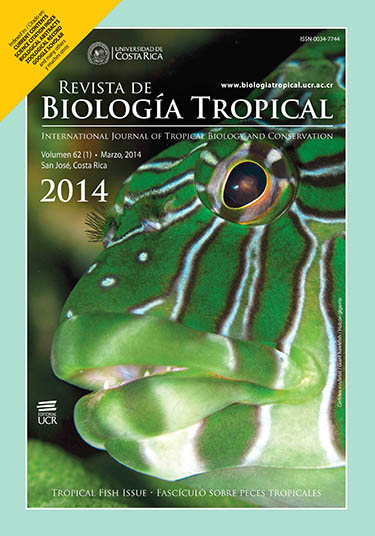Abstract
In lentic water bodies as reservoirs occur eutrophication processes, originated mainly from human activities (i.e. agriculture, animal exploitation). This influx of nutrients in aquatic ecosystems could promote blooms of potentially toxic cyanobacteria. The purpose of this work is to detect the presence of cyanobacteria strains in water samples, using molecular techniques to help in preventive management of reservoirs dedicated to water purification. We used two molecular techniques to detect genes implied with the synthesis of hepatotoxic microcystins from potentially toxic cyanobacteria strains, and to evaluate the molecular diversity of cyanobacteria in water samples from two high-mountain reservoirs used for purification of drinking water for the metropolitan area of Medellin, Colombia. Between 2010-2011 collections of 12 water samples were taken and DNA extraction together with PCR and DGGE analyses where carried out. We amplified 22 sequences between 250-300bp of the genes mcyA and mcyE, and these sequences were related with several strains and cyanobacteria genera accessions from NCBI-GenBank databases. Moreover, sequence amplifications of the 16S small ribosomal RNA subunit - 16S rRNA- between 400-800bp were also performed in order to use them for the DGGE technique. The amplification products of DGGE were set in polyacrilamide gel with posterior denaturing electrophoresis, and the scanned images of the gel bands were analysed with the software GelCompar II. For Riogrande II and La Fe reservoirs we found 35 and 30 different DGGE bands, respectively, as a measurement of molecular diversity in these artificial ecosystems. Here, we demonstrated the utility of two molecular techniques for the detection of genes associated with toxicity and molecular diversity of cyanobacteria in reservoirs destined for drinking water in urban centers. We recommend strongly following with periodically molecular biology studies in these ecosystems combined with limnological and ecological data, as new tools for management of plants of water purification and for the prevention of potentially public health concerns.






